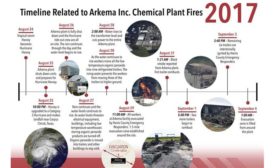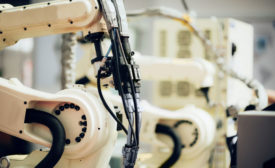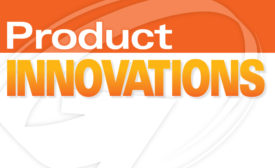Home » accident prevention
Articles Tagged with ''accident prevention''
New mining safety standard takes a different direction
ISO 19434 is aimed at reducing accidents through classification system
November 7, 2017
From the NIOSH Director's Desk
How do you talk about workplace motor vehicle safety?
November 6, 2017
ALERT safety products advances technology in forklift accident prevention
Introducing Project ALERT, forklift activated projector
November 1, 2017
Never miss the latest news and trends driving the safety industry
eNewsletter | Website | eMagazine
JOIN TODAYCopyright ©2024. All Rights Reserved BNP Media.
Design, CMS, Hosting & Web Development :: ePublishing









